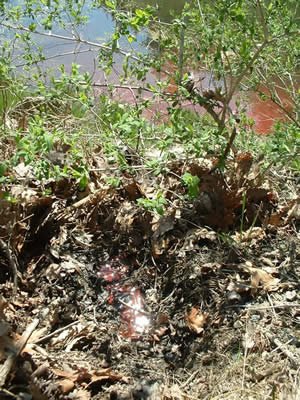Maintaining Septic Systems
When a septic system fails, untreated wastewater can contaminate surface waters and ground water with unhealthy bacteria and other pollution. Flushing special dye down a toliet usually shows this pollution. 
This bacteria accumulates in clams, because clams filter feed from the water. This contamination is detected by sampling of coliform bacteria and results in closure of important shellfish beds and swimming beaches.
Maintaining your septic system will limit excess nutrients, too. Algae feed on these nutrients, intensifying algal blooms. Red tide closures result from certain algae carrying a toxin that accumulates in clams and is harmful to humans.
What can landowners do?
- Do pump out and inspect your septic system
- Don't dispose of household hazardous products down sinks or toilets
- Participate in sanitary surveys and other activities
- Learn how municipalities can obtain funding for replacement systems
- Consider the benefits of Decentralized Wastewater Systems
A Homeowners Guide to Septic Systems explains how septic systems work and how to maintain them. It also includes a longer list of do's and don'ts. The Maine Septic Systems pamphlet is a shorter resource, also containing helpful tips.
 Menu
Menu